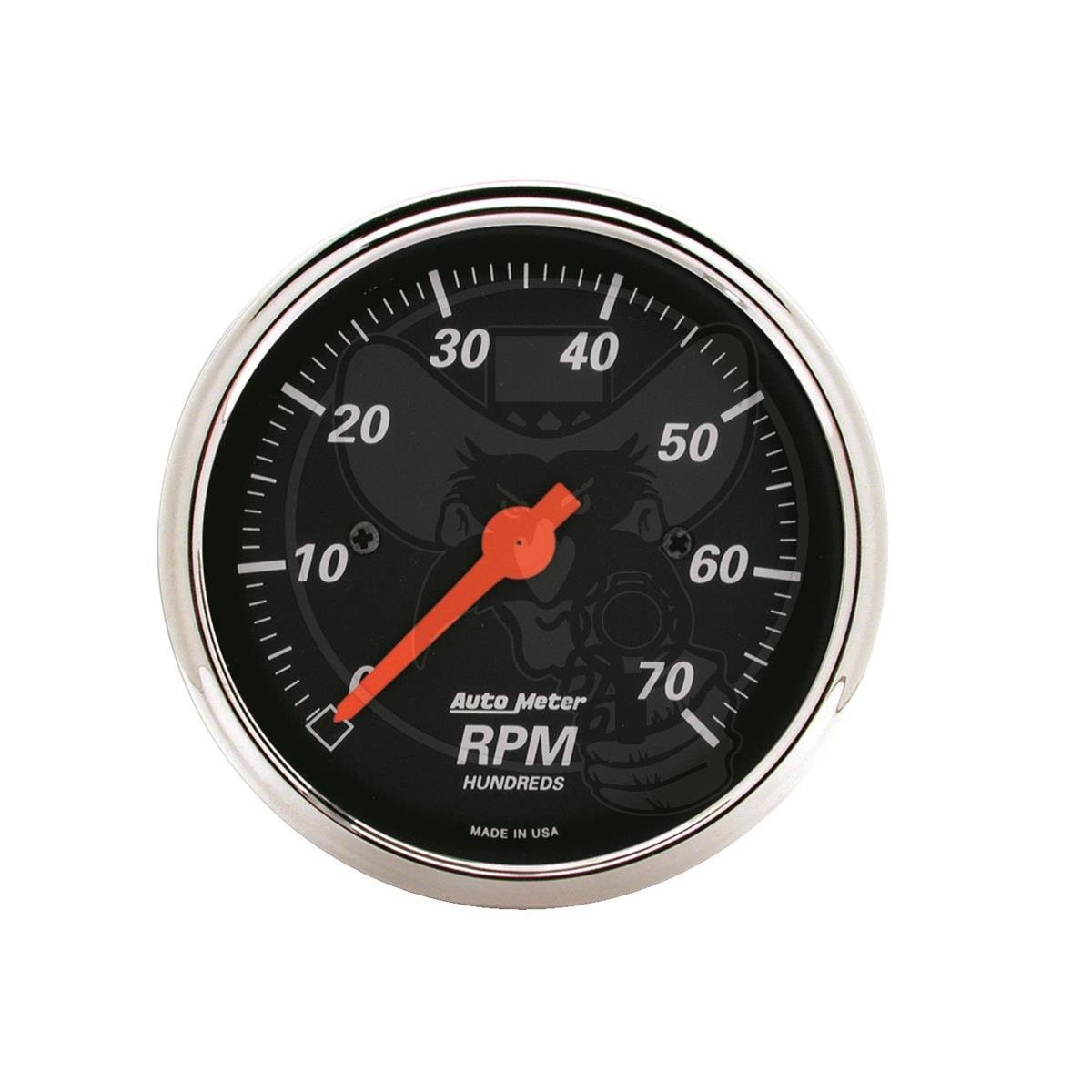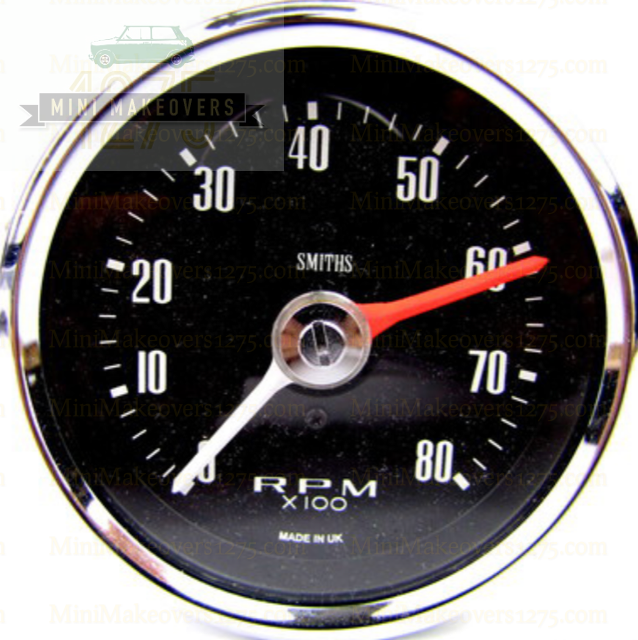Unlocking the Tricks of Tachometers: Whatever You Need to Find Out About This Crucial Tool in Your Car
Comprehending the intricacies of tachometers can offer useful insights right into your car's performance and maintenance needs. From measuring engine rate to figuring out the data it presents, tachometers act as an important device for automobile owners and enthusiasts alike. By unwinding the secrets behind this vital instrument, you can open a wide range of information that can boost your driving experience and make sure the longevity of your car.
Relevance of Tachometers
The relevance of tachometers hinges on their capability to provide vital real-time information concerning an engine's rotational speed, permitting precise surveillance and upkeep of machinery. By gauging the changes per minute (RPM) of an engine's crankshaft, tachometers supply beneficial insights right into the engine's performance - tachometer. This information is important for making sure that the engine operates within its ideal range, preventing potential damages from over-revving or underperforming
Tachometers play an important duty in aiding operators and professionals spot any kind of anomalies in the engine's rate, which can indicate problems such as gas inefficiency, mechanical troubles, or too much pressure on the engine. By promptly determining these problems via tachometer readings, upkeep can be carried out proactively, avoiding costly repair work and downtime in the future.
In addition, tachometers are especially crucial in high-performance vehicles and machinery, where exact control over engine rate is necessary for optimal operation. Racing cars, airplane, and industrial devices rely on tachometers to supply peak performance while maintaining security standards. Basically, tachometers are not simply tools for gauging speed yet important tools for ensuring the smooth and reliable procedure of engines throughout numerous applications.
Exactly How Tachometers Measure Engine Rate
Using sensing units that detect the regularity of electrical pulses generated by the engine's ignition system, tachometers precisely measure the rotational speed of an engine. By keeping track of the rate at which these pulses are gotten, tachometers supply real-time responses on exactly how fast the engine's crankshaft is turning per min, generally described as revolutions per min (RPM)
The tachometer's sensor, typically attached to the engine's ignition coil or stimulate plug cords, grabs the electric signals produced each time a cylinder fires. These signals are after that transformed right into RPM analyses showed on the scale or instrument collection within the motorist's sight. Tachometers can be analog or electronic, with modern-day lorries typically including digital displays for exact and instantaneous RPM analyses.
This details is vital for drivers to recognize the engine's efficiency, stop over-revving, maximize gear moving, and guarantee efficient fuel consumption. By accurately gauging engine speed, tachometers play an important duty in helping drivers run their automobiles securely and effectively.
Translating Tachometer Readings
Having a clear understanding of just how tachometers determine engine speed sets the foundation for successfully interpreting the RPM analyses showed. Analyzing tachometer analyses is critical for optimum car performance and engine health. RPM (Transformations Per Min) analyses on the tachometer show the speed at which the engine's crankshaft is turning. When the engine is idling, the tachometer needle normally rests around 600-1000 RPM, depending upon the lorry. As you accelerate, the RPM will certainly raise, showing the engine's greater rotational rate. When changing gears in a hands-on transmission car, the RPM will drop as you engage the clutch and modification gears, after that climb again as you accelerate in the new equipment. Keeping an eye on the tachometer can help you identify one of the most reliable shifting factors to make best use of gas economic situation and engine power. Furthermore, unusual variations or consistently high RPM readings can suggest possible issues with the engine that might require professional focus. By paying focus to the tachometer analyses and comprehending how to interpret them, you can guarantee your automobile operates smoothly and efficiently.


Tips for Making Use Of Tachometers Successfully
To boost driving performance and enhance engine performance, what trick techniques can be executed for properly using tachometers? Tachometers are vital devices that offer real-time comments on engine rate, allowing drivers to make informed choices for better efficiency - tachometer. Here are Full Article some ideas for making use of tachometers efficiently:
Understanding Optimal RPM Range: Familiarize on your own with the optimum RPM (Transformations Per Minute) variety for your lorry. Keeping the engine within this array can boost gas effectiveness and prolong the engine's life expectancy.
Changing Gears at the Correct Time: Make use of the tachometer to identify the ideal time to shift gears. Upshifting too early or far too late can cause reduced efficiency and performance. Aim to shift equipments when the RPM gets to the optimal range for the following equipment.
Monitoring Engine Anxiety: High RPMs for extended periods can strain the engine. Maintain an eye on the tachometer to stop over-revving, especially during acceleration or when carrying hefty lots.
Tachometers and Car Maintenance
When considering vehicle maintenance, tachometers play a vital duty in keeping track of engine performance and discovering potential problems. Tachometers give important data on engine speed, enabling vehicle drivers and auto mechanics to make certain that the engine is operating within the suggested RPM range.
In addition to discovering prospective problems, tachometers can also assist in optimizing gas performance. By keeping the engine Your Domain Name rate within the ideal array, drivers can enhance their gas mileage and lower fuel usage. This not only benefits the vehicle driver's purse however likewise adds to ecological conservation by lowering unsafe exhausts.
Conclusion
